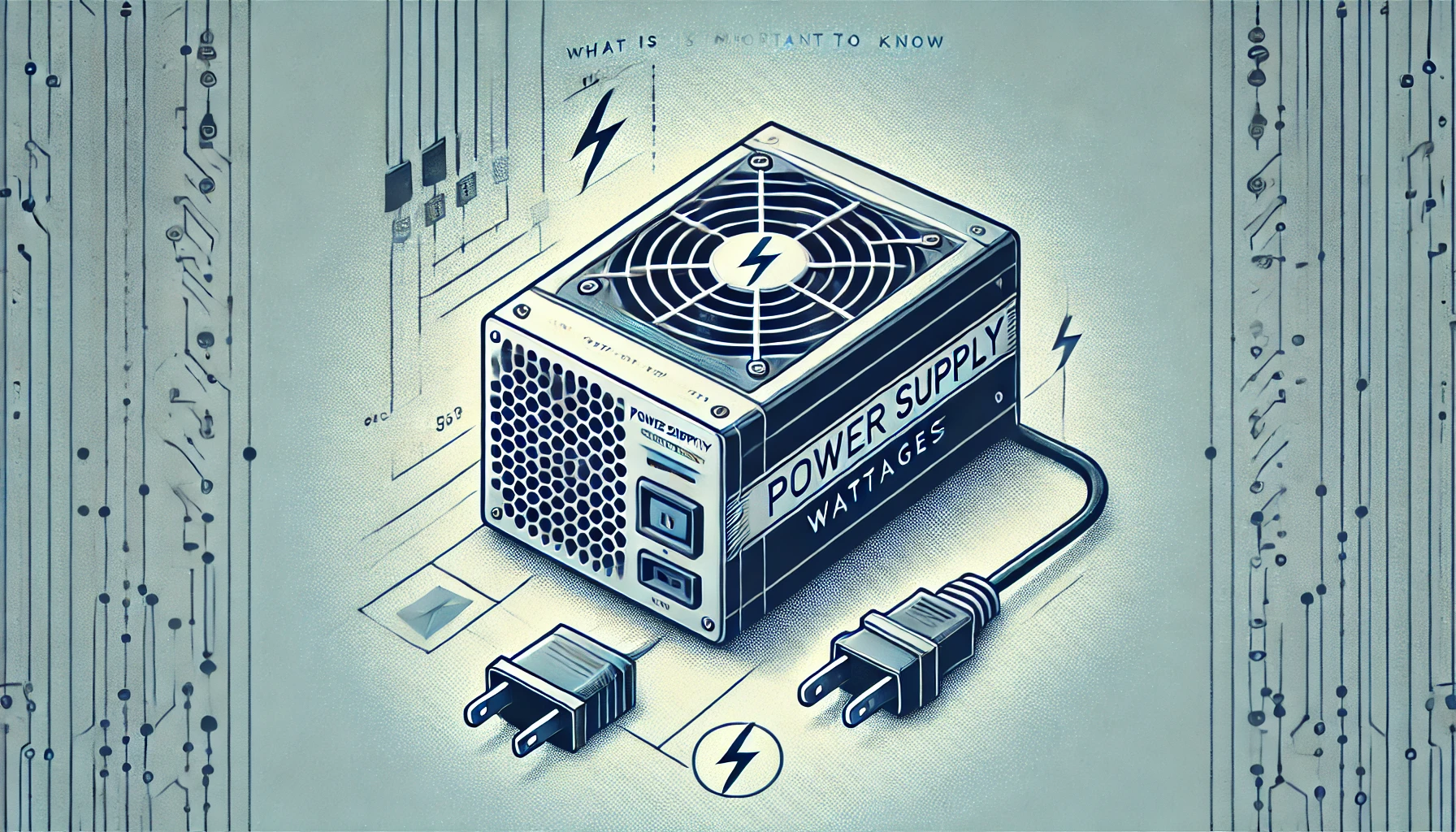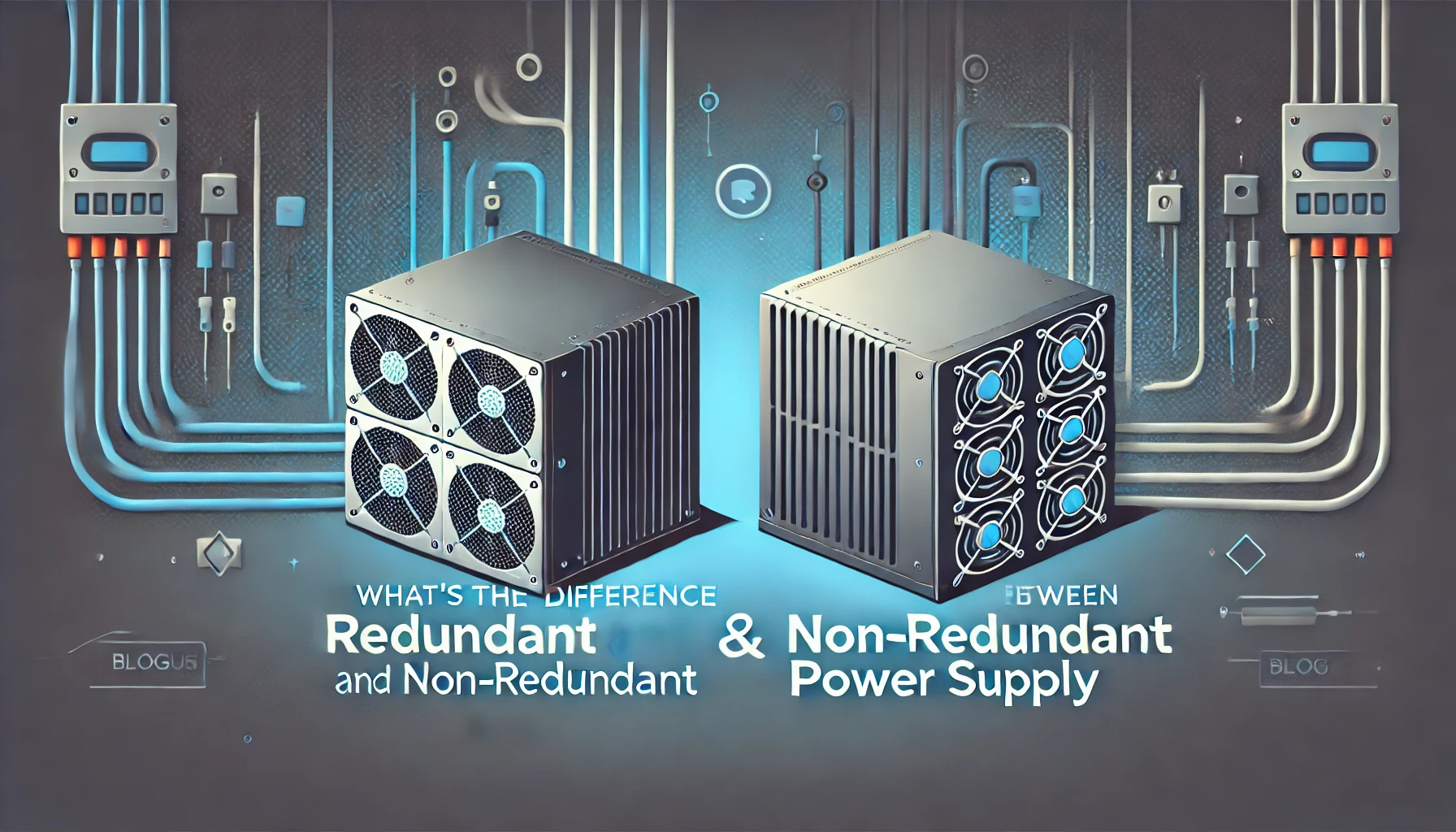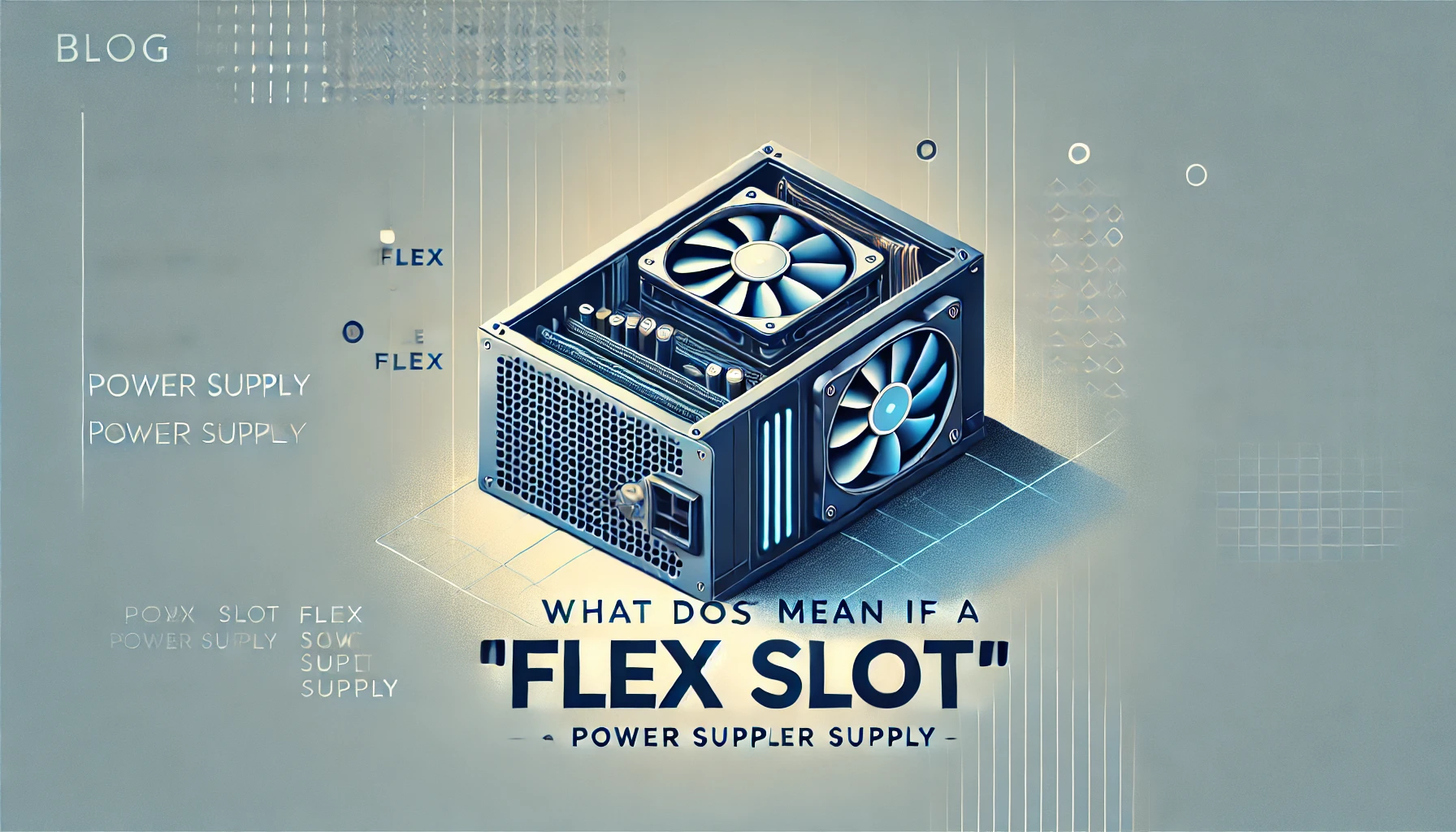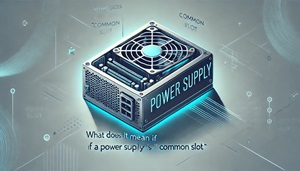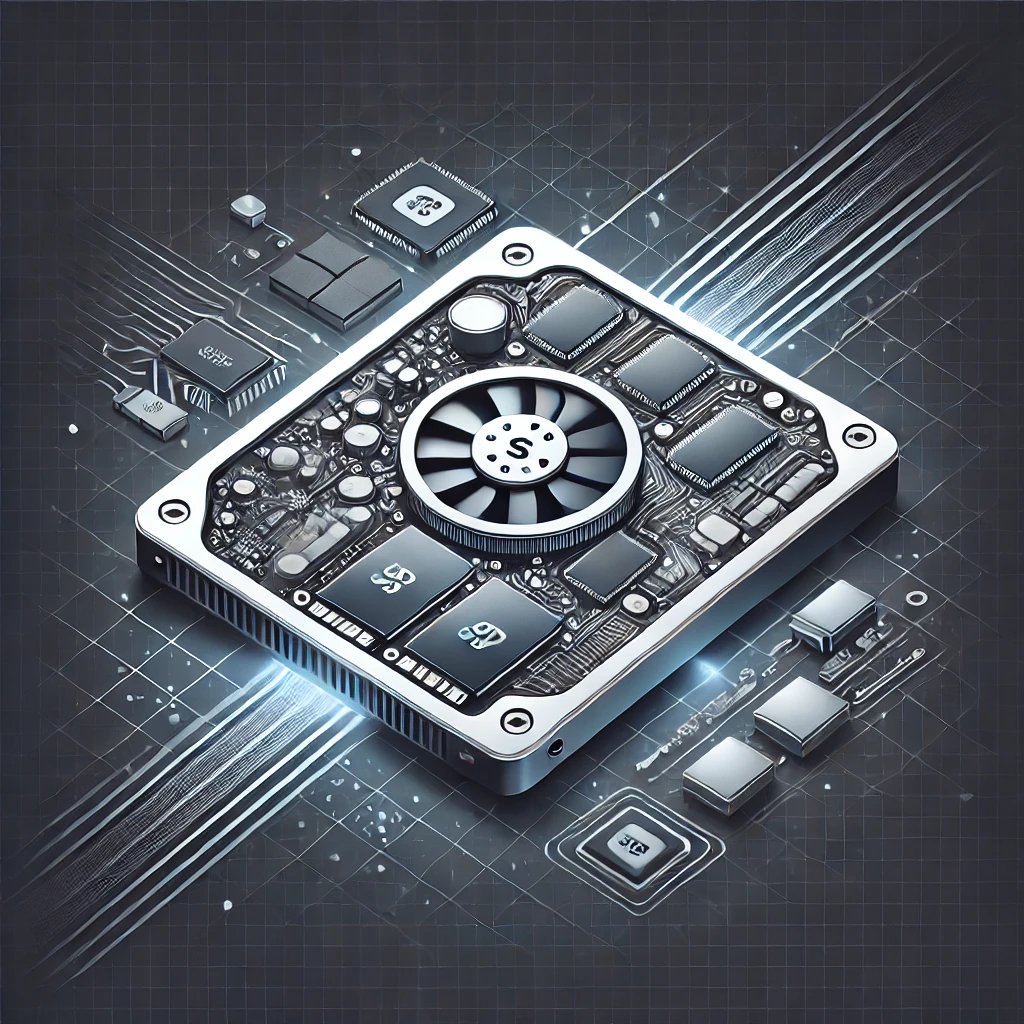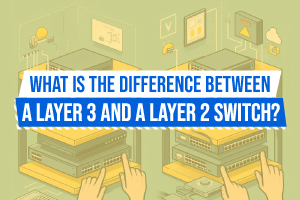Passive Copper Cables Vs Active Optical Cables
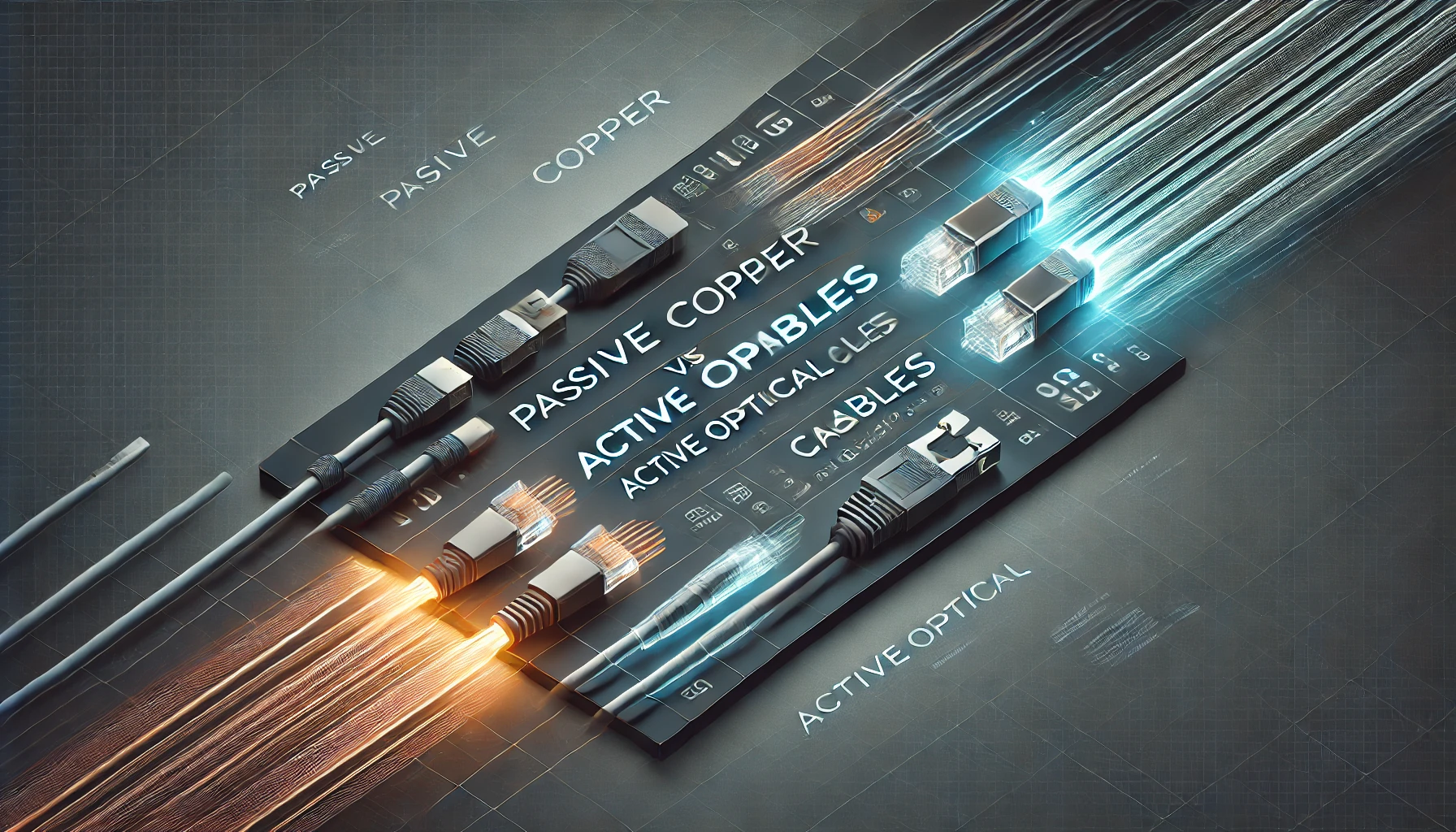
Overview of Copper Cables and Optical Cables
It is imperative for individuals working in the networking industry to grasp the fundamental distinctions between copper cables and optical cables. Each type of cable possesses distinct properties that affect data transmission, infrastructure choices, and the overall performance of a network. With differences in connector types and specific applications, both copper and optical cables are integral components in the landscape of contemporary networking.
Explanation of Passive and Active Cables
Passive copper cables and active optical cables are two main types of cabling solutions that differ significantly in performance and cost-effectiveness due to the technology they utilize.
Passive copper cables are known for their simplicity and cost efficiency since they do not need additional power sources for data transmission, relying solely on electrical signals. However, their performance may be limited in terms of distance and speed compared to active optical cables.
On the other hand, active optical cables make use of optical technology, enabling faster data transfer rates over longer distances. This advanced technology comes at a higher cost because of components like lasers and photodiodes. Active optical cables are recognized for their lower latency and reduced electromagnetic interference.
In terms of connectors, passive copper cables typically use RJ-45 connectors, while active optical cables often employ SFP or QSFP connectors for high-speed networking applications.
Comparison of Performance and Speed
When evaluating the performance and speed of copper cables versus optical cables, it is important to take into account factors like data transmission efficiency, latency, and bandwidth. These factors can have a significant impact on network performance.
Benefits and Limitations of Copper Cables
Copper cables are recognized for their cost-effectiveness and reliability, especially when utilized over shorter distances. However, they are prone to signal loss and require regular maintenance.
Despite their drawbacks, copper cables remain a popular option for many applications due to their affordability and reliability. They are commonly preferred in networking configurations where the distances are manageable, offering a cost-effective solution without sacrificing performance. The maintenance needs, although essential, can also be viewed as a benefit as they enable proactive upkeep, ensuring durability and consistency in signal transmission. Understanding the trade-offs between advantages and limitations is crucial in optimizing the efficacy of copper cables in different scenarios.
Benefits and Limitations of Optical Cables
Optical cables are known for their exceptional performance, leveraging fiber optics to achieve higher data transmission rates and maintain signal quality over extended distances. However, they can be pricier and more intricate to set up.
The superior performance of optical cables becomes particularly apparent when compared to conventional copper wires, as they are less vulnerable to interference and can transmit data across significantly greater distances without signal deterioration. This makes optical cables well-suited for applications that demand high-speed data transfer, such as in telecommunications and high-performance computing.
While the initial cost of optical cables may exceed that of copper alternatives, and their installation process may necessitate specialized tools and expertise, this can contribute to the overall expenditure and complexity.
Factors to Consider When Choosing Between Copper and Optical Cables
When deciding between copper and optical cables, various factors must be considered. These include cost, distance requirements, and compatibility with existing networking infrastructure and equipment. It is essential to carefully evaluate these factors to ensure that the selected solution aligns with the specific needs of the installation.
Cost, Distance, and Compatibility
A comprehensive cost analysis, evaluation of transmission distances, and assessment of compatibility with the current IT infrastructure are all crucial factors to weigh when determining whether copper or optical cables are the better fit for network connectivity.
The consideration of cost implications is vital as it directly impacts the allocation of the budget for the IT project, thus influencing the overall expenditure and long-term financial sustainability. Understanding transmission distances is essential to ensure that the selected cables can adequately cover the required distances without signal degradation or loss, thereby maintaining optimal network performance. Additionally, ensuring compatibility with the existing IT infrastructure is key to achieving seamless integration and avoiding expensive upgrades or replacements, aligning the network connectivity solution with the organization's technological framework and specific needs.
